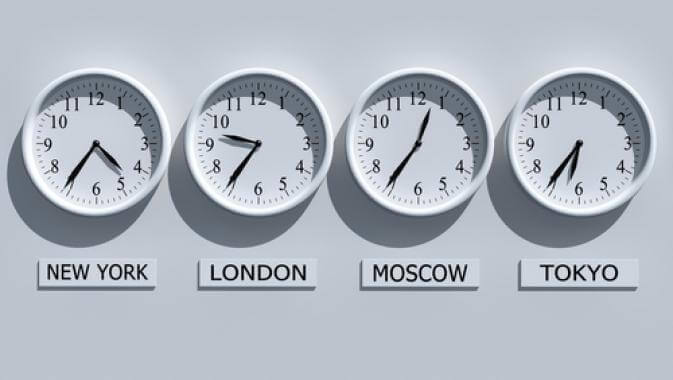How to Use Time Zones and Dates
Get-It-Done Guy explains why being vague with dates and times can get confusing.

Want to take some of the hassle out of scheduling? One of the things I find takes a lot of time is coordinating dates and times. With coaching clients all over the world, and email that sometimes gets delayed, the conversational style of scheduling makes it harder, not easier, to schedule things.
“How is 3pm Tuesday next week for you?” in an email from across the country that’s been buried in your inbox for four days is suddenly ambiguous. By “next week” did they mean the next calendar week, or if it was sent on a Monday, the end of that same week, or …?
You’ll reduce your scheduling confusion drastically by adopting some simple habits:
Habit #1: Always specify a date instead of (or in addition to) a relative time.
CONFUSING: Let’s meet next Tuesday.
CLEAR: Let’s meet next Tuesday, 5/16/12.

CONFUSING: Let’s meet at 3 pm next Tuesday, 5/16/12.
CLEAR: Let’s meet at 3 pm Eastern (noon Pacific) next Tuesday, 5/16/12.
To save even more time and typing, use abbreviations PT, MT, CT, ET for Pacific, Mountain, Central, and Eastern time.
I’m Stever Robbins. I provide consulting and coaching on how to think strategically to grow your business. If you want to know more, visit www.SteverRobbins.com.
Related Content:
Easy Travel Scheduling
How to Schedule Meetings With Many People


